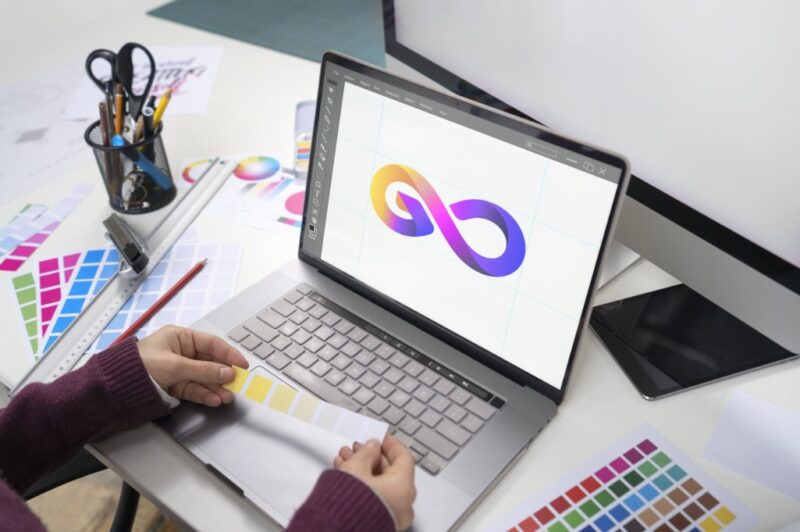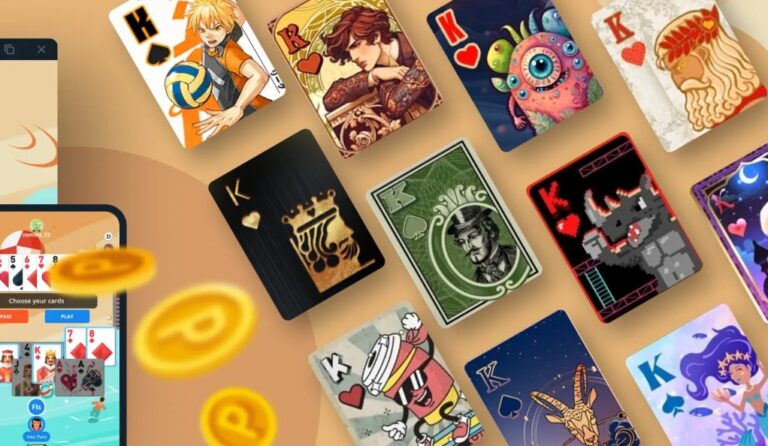In today’s visually-driven world, design goes beyond aesthetics—it’s a very dynamic tool for communicating your brand’s message. Every element, from colors and the way of typing to imagery and layout, plays a crucial role in telling your story and shaping how your audience perceives your brand.
Designing with a purpose means crafting visuals that align with your core values, evoke the right emotions, and leave a lasting impression. When done right, purposeful design improves brand recognition, builds up trust, and helps you stand out in a crowded market.
This article explores how intentional design choices can effectively communicate and strengthen your brand’s message.
Understanding Visual Design
Visual design is known as the art and science of crafting the aesthetics of a digital product or interface by strategically combining elements like color, typography, images, and layout. It focuses on the look and feel of a design, aiming to create visually appealing, cohesive experiences while guiding users’ attention. Visual design is not just about making things beautiful; it’s about usability, branding, and overall user experience (UX).
A UX course is highly advantageous for understanding visual design in-depth, as it teaches you how visuals impact user behavior and emotions. By collaborating UX principles with visual design, you’ll learn to create interfaces that are not only attractive but also functional and intuitive.
A UX course covers essential topics such as visual hierarchy, accessibility, responsive design, and how to design with the user’s needs in mind. This all-inclusive approach helps you make designs that enhance user satisfaction and strengthen brand identity. For practical applications and expert guidance, consider collaborating with a London design agency that specializes in user-centered design.

How to Design with Purpose?
Designing with purpose in visual design means drawing visuals that align with a specific goal or message, ensuring that every element contributes to communicating the brand’s core values or the project’s objectives. This involves the intentional use of colors, typography, imagery, and layout to bring forth the desired emotions and guide users’ behavior.
For instance, if a brand wants to communicate reliability and trust, a designer might use a stable color like blue, clean fonts, and structured layouts. Similarly, a playful, vibrant design with bold typography can depict energy and creativity. The purpose is not just to make the design visually attractive but to ensure that it effectively conveys the intended message engages the audience, and drives them toward a particular action.
By focusing on the objective—whether it’s building trust, inspiring creativity, or driving engagement—visual design becomes a powerful tool in enhancing user experience and solidifying brand identity.
The Right Use of Visual Design to Communicate the Brand’s Image
Visual design is a critical component in shaping how a brand is perceived. Every visual element—color, typography, imagery, and layout—works together to express the brand’s identity and values. When used thoughtfully, these elements communicate a cohesive brand image that resonates with the audience we wish to target and sets the brand apart.
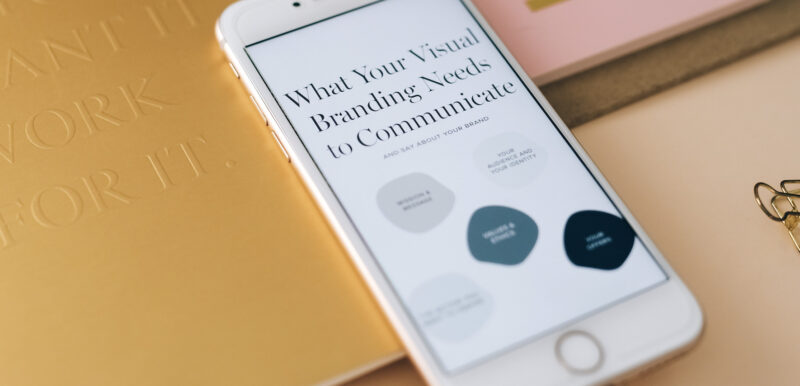
Color and Emotional connect
Color plays a significant role in creating a mindset for the people on how they feel about a brand. For example, a tech company might use blue to communicate trust and professionalism, while a wellness brand may opt for green to signify health and calmness. Color consistency across all platforms—from logos to websites—reinforces brand recognition.
Typography and Tone
The choice of fonts can define a brand’s personality. For instance, a luxury brand may use elegant serif fonts to convey sophistication, while a playful, youthful brand might choose bold, sans-serif fonts to give off a modern, approachable vibe.
Imagery and Storytelling
Visuals can help tell the story behind a brand. A brand that gives importance to sustainability might use earthy tones and nature-inspired imagery, while a sports brand might opt for dynamic, action-filled visuals to evoke energy and determination.
Layout and Visual power structure
The way elements are arranged also communicates professionalism and purpose. A clean, well-structured layout demonstrates organization and clarity, which can make a brand appear more trustworthy and user-friendly.
Enhancing Global Appeal Through Purposeful Design
A brand’s global presence often hinges on its ability to adapt its visuals to resonate with diverse audiences. Purposeful design ensures that visuals align with cultural expectations, preferences, and values, creating a cohesive and relatable brand experience worldwide.
Partnering with international website design services can help brands achieve this. These services offer expertise in tailoring design strategies that meet the unique needs of a global audience, ensuring consistency without sacrificing local relevance.
For example, Spotify – Minimalism and Energy
Spotify uses a sleek, minimalistic design with vibrant color gradients, primarily green, to communicate its modern, innovative, and energetic brand. The fluidity of the design reflects its core service—music streaming—and the use of bold colors and playful icons conveys creativity and user engagement.
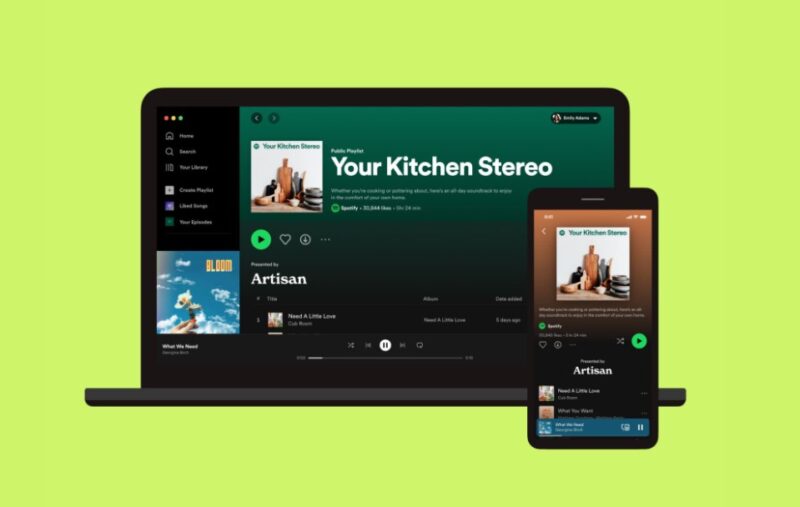
The Future of Visual Design
The future of visual design is dynamic, driven by the quick advancements in technology and evolving user expectations. The latest trends like augmented reality (AR), virtual reality (VR), motion design, and AI-driven tools are revolutionizing how we interact with digital interfaces.
Design is no longer just about aesthetics; it’s about creating immersive, interactive experiences that engage users on multiple levels. As brands continue to invest in digital presence, the demand for skilled visual designers will only grow.
A visual design course is important for building a future in this field. It provides you with foundational skills in typography, color theory, and layout while also covering cutting-edge techniques like responsive design and UX/UI principles.
Courses help you stay updated with industry tools like Adobe XD, Figma, and Sketch and develop a design mindset that blends creativity with functionality. By mastering these skills, you’ll be prepared to shape the future of digital experiences.
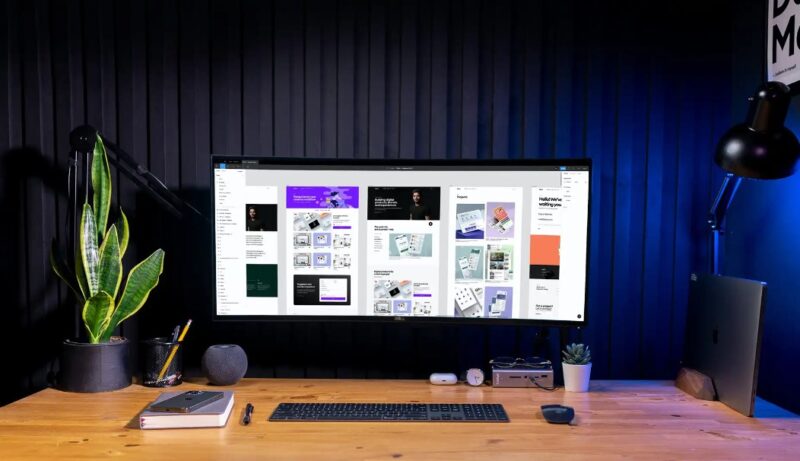
Conclusion
Designing with the objective is crucial for effectively communicating a brand’s message. Every visual element—from color and typography to imagery and layout—plays a key role in shaping how the audience perceives your brand.
When used thoughtfully, these elements work together to convey your brand’s values, evoke emotions, and build stronger connections with your audience. Purposeful design goes beyond aesthetics; it’s about creating visuals that tell a story and drive engagement.
By aligning design choices with your brand’s identity and message, you not only enhance brand recognition but also foster trust and loyalty.
Related Posts:
- How Delaying Your Personal Injury Claim Can Affect…
- How to Expand Your Legal Practice Without Losing…
- Are Your Winnings Taxable? How Gambling Laws Handle…
- How Your Environment Can Affect Your Willingness to…
- How to Check SD Card Health on Windows - Keep Your Data Safe
- How to Remove Video From Continue Watching on Amazon…

